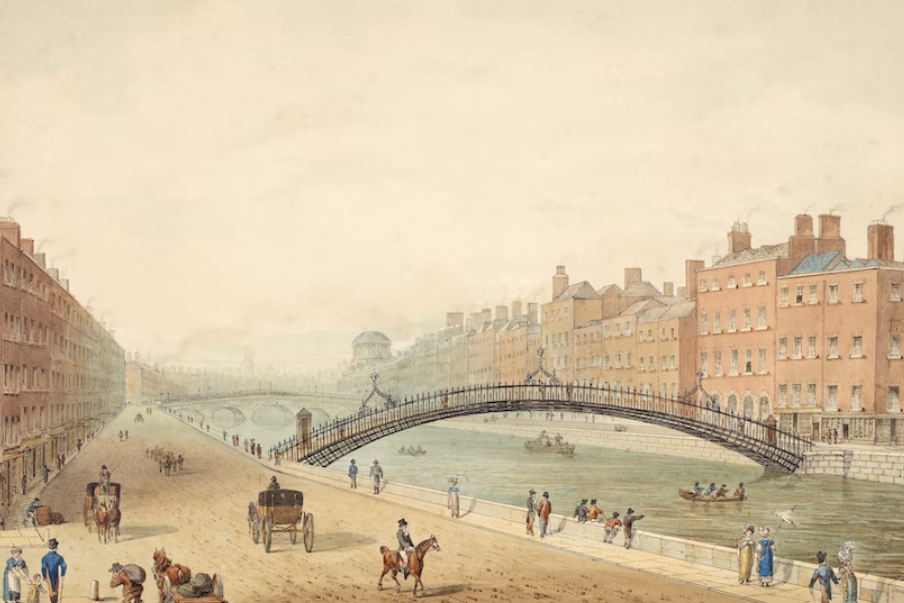
This Is How People Saw Love and Romance Over Centuries
In the previous post, we took a look at the most touching Asian love legends. Today, we also go on exploring the history of love and relationships, but this time we will focus on the real facts. Read on and find out how the concept of love was changing through the centuries.
Romance in ancient times
In ancient Rome, love and romance were a lot dependent on the decisions taken by parents. The father of the family would be the one responsible for his wife, children, and slaves, and hence he was also the one to take decisions about their lives. In the social structure of society, it was assumed that men were those who could define the rules, and women could only follow them.
As for romance, it was described a lot in the words of poets, but in reality, marriages were far from romantic. However, marriages were often based on respect and strong feelings. Marriage played a fundamental part in the life of society, because its main point was to produce children, and romance was too much of a luxury for everyone to afford it.
Though divorces existed, they could happen only according to social norms. After divorce, people were expected to get married one more time. Cheating was first included in the list of divorce reasons, but later it became the cause that could allow a husband to kill his unfaithful wife. While women’s cheating was condemned, a man was almost encouraged to cheat, which still was supposed to not affect the trust and respect of the couple.
Love in the middle ages
In medieval times, noble marriages were organized by the parents of young people at a very early age. However, the Church demanded willing consent from the future husband and wife. In the texts of those times, we can find many beautiful stories that popularize aristocratic marriages and make them look more attractive. If someone believes the beautiful stories about knights and ladies, well, it was mostly true on paper. In reality, there was no beautiful courtship. The young people were thoroughly watched by their parents and sometimes didn’t even meet before marriage.
Lower classes, vice versa, could marry those who they loved. It was considered sinful to have sex before marriage, so couples had to at least engage before getting too close.

What is interesting and awful at the same time is the attitude to consent. One partner was allowed to press another one to get consent. This led to the fact that women often had to marry their rapists or abusers just to save their reputations.
Divorces were also not to the woman’s advantage. First, they could happen only if you proved that the marriage was illegal (you married a close relative, or there was no real marriage). Second, a man could still divorce if his wife failed to bring him boys. Well, a woman had to live with her husband anyways, no excuse was possible.
Courtship in the 19th century
If before women were considered a worthy contribution to family economics, the 19th century brought the cult of Domesticity to the lives of people. A woman gets a primary role of a housewife who is responsible for creating a restorative environment for her husband and taking care of the kids. Women were idealized as wives and mothers.
Marriage was considered the only proper activity for a woman. And society didn’t approve that much of women who failed to do it for any reason.
The 19th century is a true time of romance. Men and women were encouraged to write love letters. Those who didn’t know how to write a good one, could check special love letter manuals or buy ready-made Valentines. Also, parents stopped playing an essential role in choosing a partner. That is why the art of courtship finally was getting more popular and developed. Women themselves decided whose courtship they wanted to accept and which man was to be rejected.
Modern romance
Today, romance has gone digital. We find partners online, and even develop our relationships by talking via messengers. Direct communication is partly substituted by voice and text messages, photos, and likes. We are free to choose who will be our partner and even whether we want to marry at all. While we enjoy our freedom, the stats say that there is an evident decline in the number of marriages, and the number of divorces is growing in many countries.